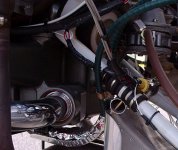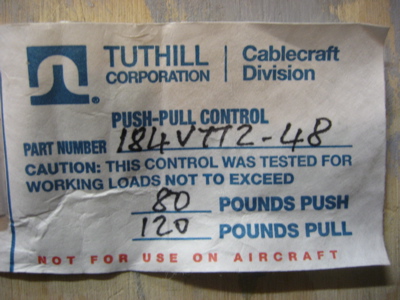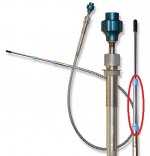OK: it looks like the bracket was modified to drop the cable attachment about an inch lower. That would not make that much change in the length of the cable needed.
BUT: here's what I don't understand. Will someone please explain (say, the OP....): in the OP post #1, it shows the modified bracket with the cable housing attached and the broken cable protruding from that. The steel rod that attaches to the throttle body is also blurry but visible. Post #13 shows a brass rod that the cable was once attached to that has now broken off. That brass rod or tube has a threaded end with a nut on the end not hooked to the cable. Post #24 shows the steel push rod attached to the throttle body arm. Where does the brass fitting that was attached to the cable come in? What was it pushing on? What was it sliding through, if anything? Was that in the cable housing? There should be a sleeve that might have departed company with the cable when it broke. Was it ever there or was the brass rod coming out of the cable housing before the cable broke? But then what is the purpose of the brass nut on the brass fitting?
It's not brass.... It's the same rod in both of the pictures. Post 13 and 24.
That is a normal end on this type of cable.







